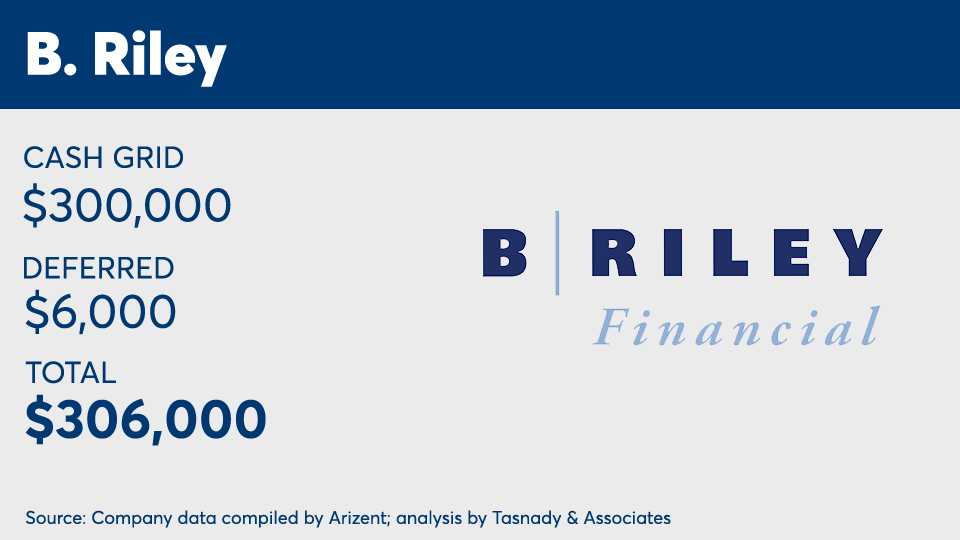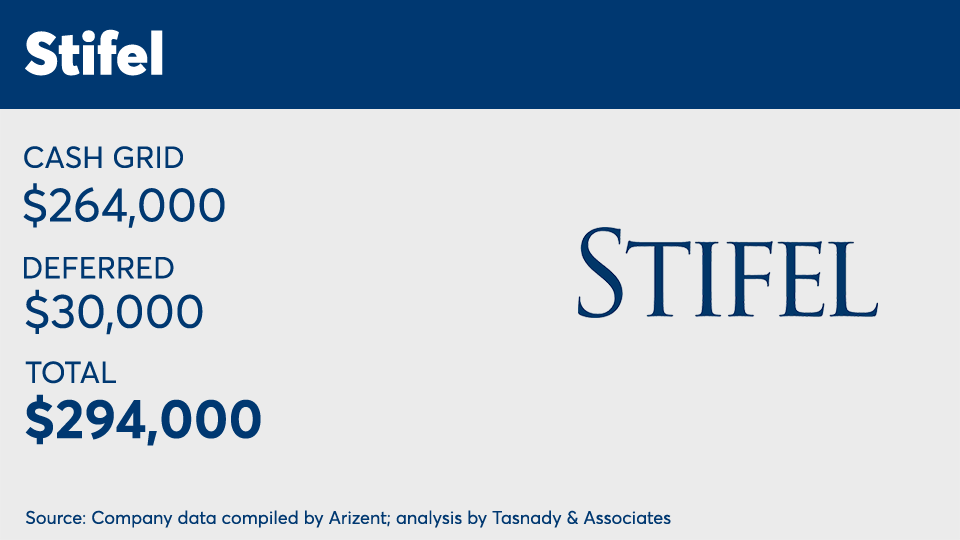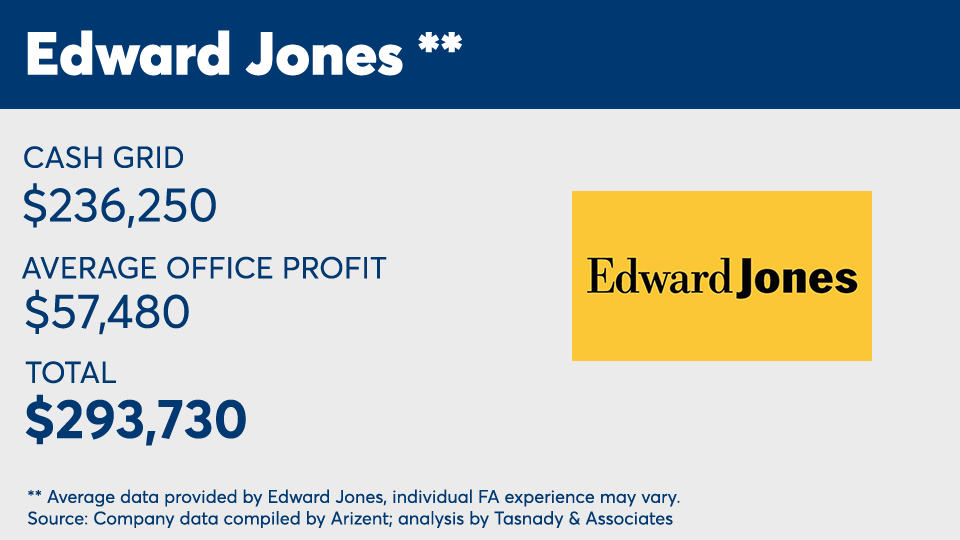Breaking down advisor compensation plans can be daunting business..
But it’s a crucial component when figuring out which firm offers the best pay package and determining whether an advisor’s practice aligns with a company’s vision.
“Compensation design should reinforce and accelerate strategic business initiatives,” says compensation consultant Andy Tasnady.
To help FAs make sense of the varied and different brokerage pay plans, Financial Planning offers its annual analysis of core compensation at wirehouses, regional and national BDs.
Scroll through to see how core comp plans compare.
This is the second of four parts of our annual survey. To see last year’s analysis,
Data was collected by Arizent and analysis conducted by Tasnady and his firm, Tasnady & Associates.
A note about this year’s analysis: A number of special policies are not included here because they do not affect 100% of the advisor population evenly and therefore are more haphazard to compare. Individual results can vary dramatically, based on the mix of business and policies at each firm. For example, pay can rise from special bonuses and fall from penalties such as discount sharing, small client limits and ticket charges.
Assumptions for basic pay (prior to special policies/contingent bonuses):
- 25% in individual stocks; 25% in individual bonds; 25% in mutual funds; 25% in fee-based (wrap accounts, managed accounts, etc.)
- Year-end basic bonuses are shown in deferred totals.
- Length of service is assumed to be 10 years.
- Assumes no impacts from bonuses based on growth, asset-based bonuses or other behavior-based awards.
- Excludes voluntary deferral matches, 401(k) matches or profit-sharing contributions, unless otherwise noted.
- Does not include: T&E expense allowance, discount sharing or ticket charge expense assumptions, small household or small ticket policy assumptions, or value of any options awards.


















